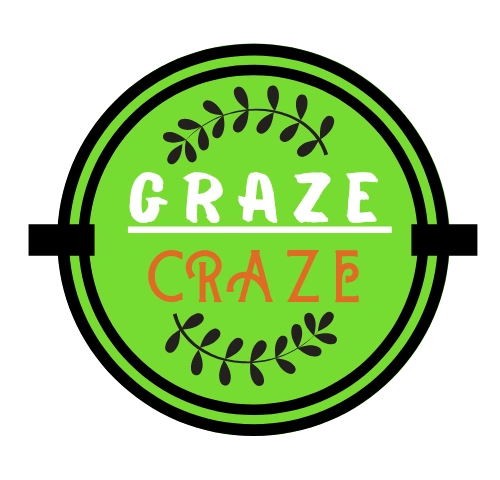The Eastern Upper Peninsula (EUP) of Michigan has some of the largest open fields in the entire UP.
Most of these fields were cleared of trees many years ago and are actively managed as pasture or cut
and baled as hay for cattle and other ruminants. The fine grained, and slow draining, nature of the
predominant soils in this region can cause significant ponding of water in flat areas. However, this
feature of the soils also allows for growth during summer drought without the need for irrigation. As the
Southern portion of Michigan begins to warm up and pastures begin to gain biomass, the EUP pastures
tend to lag a bit since they experience a lower average annual temperature as well as a slower seasonal
shift from winter to spring/summer. Early grazing of pastures can cause root damage to the grasses and
can be difficult on ruminants who prefer to eat taller pasture grass.
Ruminant animals (Cattle, Deer, Sheep, Goats) have a single multi-chambered stomach which takes
advantage of the mechanical breakdown of grass, from chewing, along with a fermentation process to
convert solar energy stored in plants into captured and usable/storable energy for the animal. Along
with these special stomach compartments ruminants have no teeth in the front upper jaw (incisors),
instead they have a firm pad called a “dental pad”. The preferred method for cattle to consume grass is
to wrap their tongue around it and then pull up to rip it free from the roots. To do this, they will need
around 8 inches to 1 foot of grass to wrap around the tongue effectively. In addition, the dominant
pasture grasses in this climate prefer a minimum grazing height of 8 inches, on average, to prevent
stunting and root damage.
Other grazing animals such as horses do not have the same anatomy and are able to use their upper and
lower front teeth to nibble at short grasses. While they can consume these shorter pastures more easily
than ruminants, the health of pasture will suffer if this is practiced regularly.
USDA’s Natural Resources Conservation Service can help livestock producers develop grazing systems to
benefit both the animals and the forage on which they feed. NRCS can assist through technical resources
and/or financial assistance, primarily through the Environmental Quality Incentives Program (EQIP).
This voluntary conservation program helps producers make conservation work for them. Together,
NRCS and producers invest in solutions that conserve natural resources for the future while also
improving agricultural operations.
Through EQIP, NRCS provides agricultural producers with financial resources and one-on-one help to
plan and implement improvements, or what NRCS calls conservation practices, and one of the most
popular is Prescribed Grazing. Working with NRCS to implement this practice can lead to additional
practices including fence, water facilities, forage and biomass planting (forage seeding improvement), as
well as heavy use area protections, where appropriate. You can contact the local NRCS office located at
2847 Ashmun Street, Sault Ste. Marie by calling (906) 632-9611 extension 3.
- Laker Men’s Basketball Handle Kuyper 88-55 - December 23, 2024
- MYWAY Sault Bridge Brawl & NEMWA Regional Results - February 22, 2024
- Crawford County Prosecutor clears State Trooper in the fatal shooting of man earlier this month - February 23, 2023



